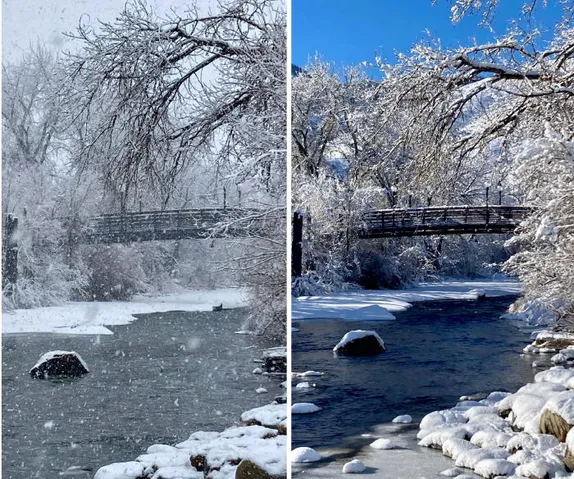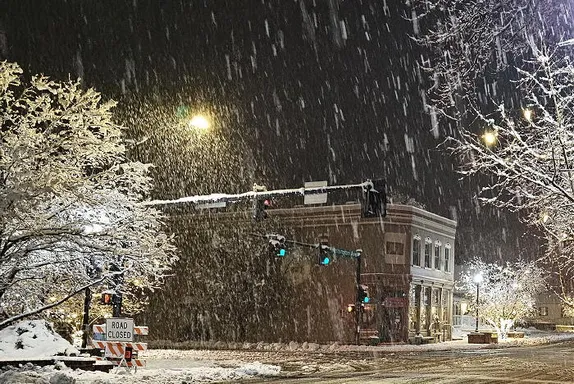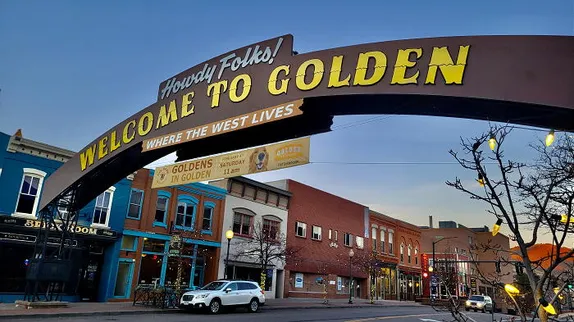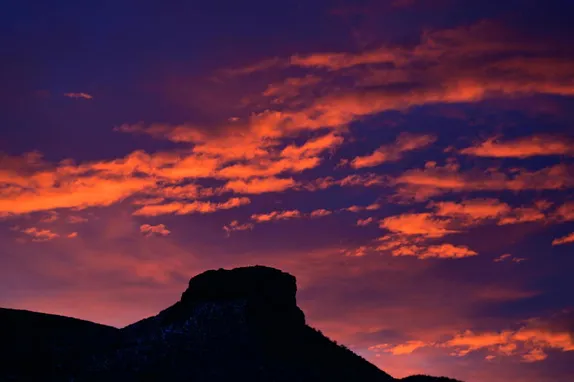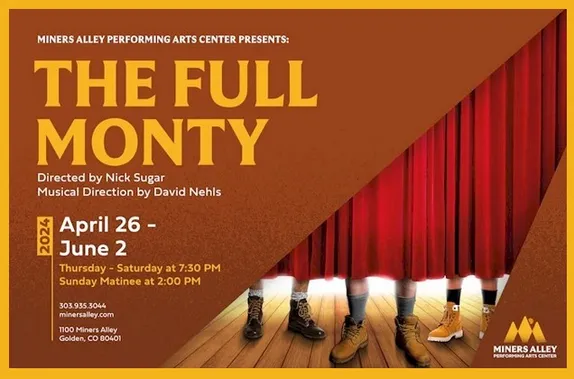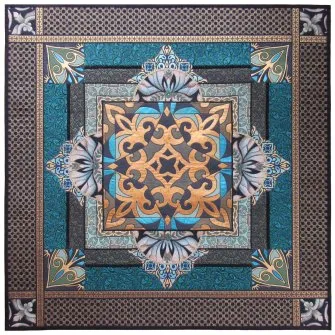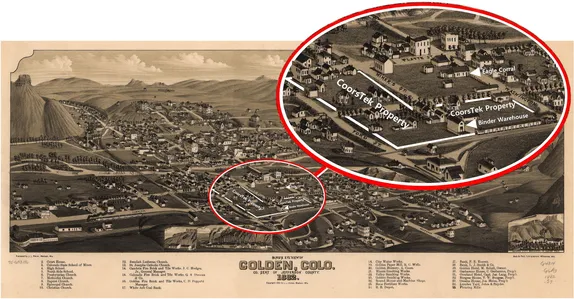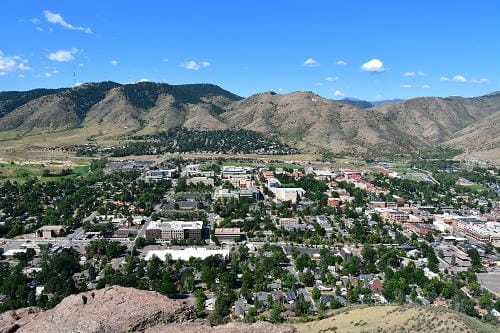
Public Health References
CDC * Colorado * Jefferson County * City of Golden
JCPHD updates the Coronavirus statistics Monday through Friday at about 3 PM. The next update will be included in Tuesday’s post.
Virtual Golden
6-6:55AM Virtual Dynamic Circuit
9-10AM Virtual Power Training
10:15-11:15AM Cuentacuentos en español / Spanish Story Time with the Library
6:30PM Downtown Development Authority Meeting – Virtual
The DDA will discuss their ongoing partnership with Miners Alley Playhouse. In normal times, the theater brings hundreds of patrons into Golden’s downtown every month. Those patrons shop and dine in Golden, so the theater is quite beneficial to the downtown business community. Miners Alley has been one of the hardest-hit downtown businesses/cultural organizations, because people are just not comfortable sitting in a room, close to other people. The theater had to cancel most of the plays scheduled for 2020, but they were able to conduct outdoor summer theater camp in one of the city parks, are offering on-demand children’s theater, and have been hosting live streaming musical performances through their “Quarantine Cabaret” series.
Tourism was down significantly this summer because of the pandemic, and our businesses are suffering. The City’s tourism program plans to redirect their efforts to reach local residents, and will request $15,000 to do extra marketing this fall.
The board will discuss a proposed new grant program that would enable downtown businesses to apply for up to $2,000 of a total pool of $150,000. The funds would be used to help offset pandemic-related expenses.
The DDA, as a pilot program, purchased a few panels of more attractive fencing for use by the downtown businesses. This is part of the effort to help the businesses operate outside (more corona-friendly). The City is looking at a larger-scale plan to help the businesses expand outside even after the pandemic, so the DDA will probably pause their pilot program for now, to see what the City comes up with.
A DDA and GURA subcommittee will meet next week to discuss two proposals for the Astor House and a possible project to “above ground” Kinney Run in the Ford/Jackson corridor. Kinney Run, a natural stream, was routed into culverts and buried in the 1950s when Jackson Street was built. The subcommittee will discuss whether to spend the $1.8 million legacy fund on any of these projects.
Staff will report on plans to hang overhead lighting in Miners Alley, and to add some new murals downtown.
The City, the Chamber, the Library, and many Golden businesses are working on plans to celebrate Olde Golden Christmas in a virus-safe way this year, and staff will report on those plans.
Real World Golden
6PM Gentle Yoga in the Yard (map)
for additional info email goldenyogasanctuary@gmail.com
Golden History Moment
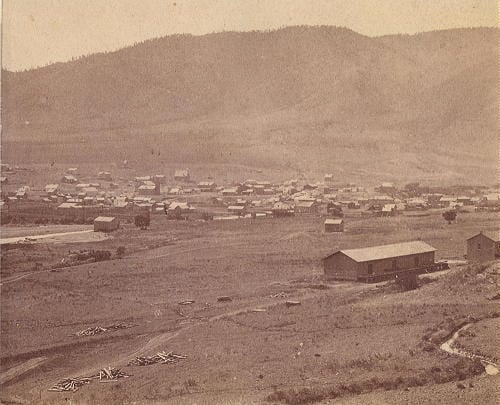
150 Years Ago
The September 21, 1870 Colorado Transcript shows that excitement was building to a fever pitch in anticipation of the Colorado Central Railroad reaching Golden. For weeks, the newspaper had been reporting on the progress of the line as it was built between Denver and Golden, and by the 21st it was nearly within shouting distance.
The grand celebration was scheduled for Friday the 23rd. It would include a free dinner, free dance, and free rides to Denver and back. A display of fireworks was promised, as well as a bonfire on “Table Rock” (castle rock) throughout the evening. The bonfire was intended to serve as a beacon to settlers throughout the region, to remind them that Golden was celebrating.
“By request of the ladies, the dance at the depot will be a calico ball.” I had to research that term. In eastern, more established cities, a “calico ball” meant that wealthy ladies would wear a dress made of calico–a sturdy, inexpensive fabric made of cotton–rather than an evening gown. The next day they were expected to donate the dress to charity. In a frontier town such as Golden, I suspect the term meant that the ball would be a non-dressy affair, where wearing calico was acceptable.
It was clear that the planners meant to keep the event respectable: “No liquor will be allowed to be sold on the grounds, but parties desiring to sell fruits and refreshments will be welcome to do so. An ample police force has been provided and all the improper characters will be cared for and all rowdyism suppressed.”
Many thanks to the Golden History Museum for providing the online cache of historic Transcripts, and many thanks to the Golden Transcript for documenting our history since 1866!

